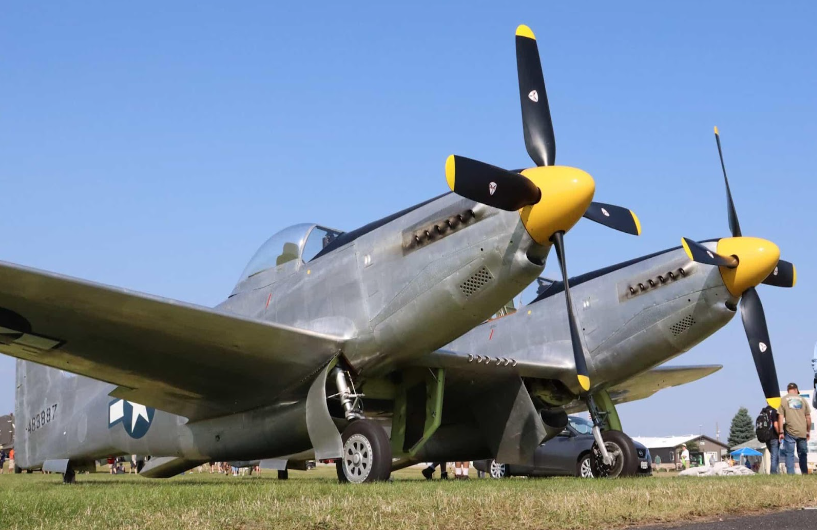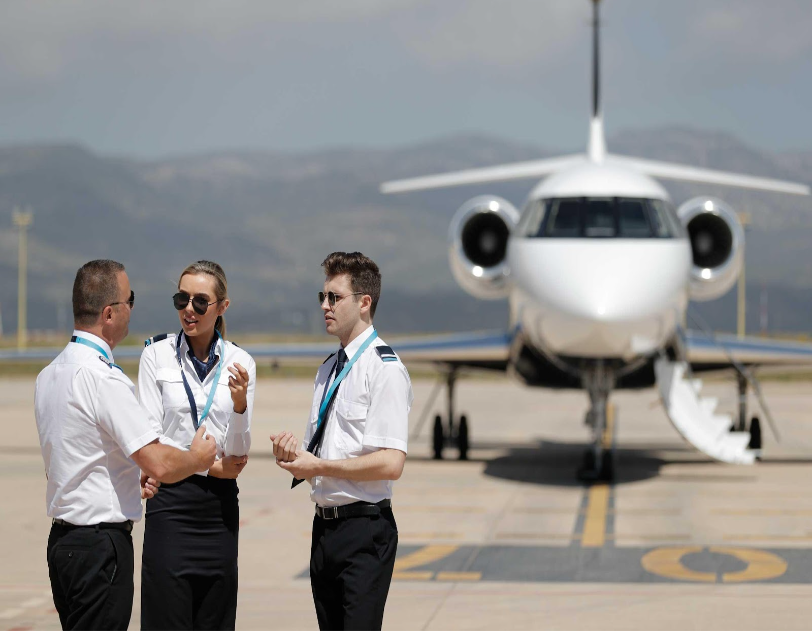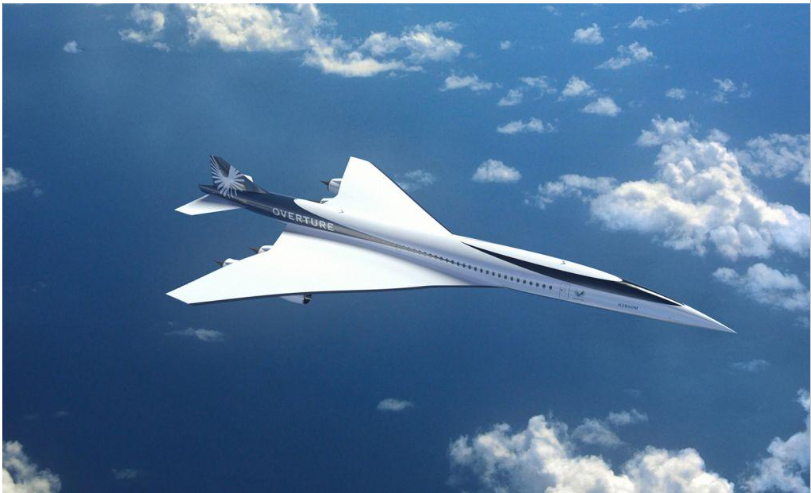The human fascination with flight has been as old as myths and legends. After a flying machine was drawn by Leonardo da Vinci, the human dream of being able to rise up into the sky remained one of its most powerful fixations.
And it is to say that this perennial attraction speaks not only of the freedom and new perspective of the air but reflects our insatiable curiosity and tireless need for an unceasing search for innovation.
Understanding the science of how planes fly is really satisfying not only the curiosity that many have in this area but also really points out the incredible human creativity that has allowed this miracle to take place.
It is in the examination of the principles of aerodynamics, wing design, and engine mechanics that one may find man’s delicate dance with forces that eventually render it possible for his foot on the ground to defy gravity and traverse the vast reaches of the sky.

Chapter 1: The Fundamentals of Flight
Aerodynamics: The study of how objects move through air. Aerodynamics of flight is a very base that makes the definition of what flight is and, in extension, gives the framework by which one knows how airplanes or any form of aircraft interact with the air around them.
It comprises studies relating to airflow patterns, pressure changes, and forces associated with these changes. The aerodynamic role of aviation is unbeatable, as it deals with everything from design to performance.
The Four Forces of Flight: Four basic forces act to regulate flight: lift, weight, drag, and thrust. Lift is the upward force overcoming weight that enables an airplane to take to the air.
Drag is the force of resistance caused by an object moving through the air, which thrust has to overcome. The delicate balance and interplay among these forces are what makes flight possible, a concept central to all aviation.

Chapter 2: The Role of Airplane Wings
Wing Design and Shape: The design of the wing of an airplane in producing lift is of much importance. The wing is designed in a manner almost similar to airfoils, the only difference being that the upper surface of the wing has to be cambered in order to give a particular type of shape.
The shape of the wing is supposed to make the flow of air over its upper surface many times faster than underneath it, hence causing a difference in pressure. The shape of the wing together with the angle at which it is attached are the major determinants of the efficiency of lift.
Lift Generation: The generation of lift is quite a complex process. It results from such factors as the angle of attack of the wing (the angle between the wing and the direction from which the oncoming air hits it), besides the speed at which the aircraft is traveling.
In most such cases, increased angle or speed will generally cause an increase in lift. However, speeds and angles over certain limits will result in a stall, where the lift is abruptly decreased, underlining the need for preciseness of control in flight dynamics.

Chapter 3: Engines and Thrust
Understanding Thrust: Thrust is the force that propels an airplane forward, overcoming drag and allowing it to accelerate and climb. It is generated through the expulsion of mass from the engines of the aircraft, following Newton’s third law of motion; for every action, there is an equal and opposite reaction.
The aircraft has to be subjected to the necessary force of thrust to make the aircraft take off and keep itself aloft in flight.
Types of Aircraft Engines: Aircraft engines exist in jet, turboprop, and piston varieties. The categorization of these types of engines is based on the mechanism of producing thrust. Thus, it may be used in quite different conditions of flight and for quite different types of aircraft.
The jet engine applies to commercial airliners because they are very powerful and efficient at high speeds with high altitudes. The turboprop is good for low speeds and is, therefore, used when flying within regions. Most of the smaller general aircraft have piston engines.
The engine has a great impact on performance, efficiency, and capability. It helps in bringing to the limelight the real position of engines in the science of flying.
Chapter 4: Overcoming Drag and Gravity
The Nature of Drag: Drag is the force that opposes an aircraft’s movement through the air. It is of great importance to know these types and how they affect flight to be able to design more efficient airplanes.
Basically, we can point out two main types: parasitic (or profile) drag, which further falls into form drag and skin friction drag, and the one related to the lift production, the induced drag.
Parasitic Drag: This type of drag increases with the speed of the aircraft. The newer changes in aircraft designs are meant to reduce this drag by the use of streamlined fuselages and smoother surfaces.
Indeed, this reduced the threshold, among others, by riveting the aircraft frame seamlessly and designing slim airframes to reduce the resistance that the aircraft would face while moving in the air.
Induced drag: This is an indispensable drag that results from the production of lift. As the wings of an airplane develop lift, they also produce vortices at the tip of each wing, thus adding to drag induction.
Modern methods include the development of blended wing body aircraft, which promise an improvement not only in reducing induced drag but also in fuel efficiency to a commendable level.
Weight Management: Weight is important in giving the ability to fly. The aircraft’s weight is important to be able to fly. Reasonable management of the aircraft’s weight is a requirement for permitting an aircraft to maneuver in an optimal state.
Weight Balancing: The weight should be balanced in a manner that is equally distributed for stability and control during flight. An increased weight generally adds up to the induced drag and parasitic drag, making the aircraft highly inefficient.
Fuel Efficiency: Any reduction in the weight of an aircraft makes a high impact on improving fuel efficiency. New material and design technologies are now being invented so that the airframe of any aircraft can be made much lighter while retaining the latter’s strength or safety.

Chapter 5: The Dynamics of Flight
Forces for Flight Integration: Flight is a very delicate balance of forces. Pilots control an aircraft by using its controls to vary the amount of lifting, dragging, thrusting, and gravity force in such a way that the desired maneuvers are performed with stability and efficiency.
Control Surfaces: The other controlling surfaces in the airplane include the ailerons, elevators, and rudders, which allow balance forces to be regulated by the pilot. For example, when the ailerons are controlled, then the roll of the aircraft will automatically change, thus affecting the angle of attack for the aircraft, where the angle of attack will, in turn, modify the lift and drag.
Aerodynamic Stability: A well-designed aircraft has to naturally tend to return to stable flight after disturbance. Aerodynamics is the reason for aircraft to remain under proper control with regard to smooth and predictable flights.
Flight Maneuvers: Understanding the basics of flight maneuvers is essential for appreciating the dynamics of flight.
Turns: The science of flight describes it as a single vector maneuver where the pilots of an aircraft level their wings and bank slightly to make a turn. It is, therefore, a matter of managing both the lifting capability and the angle of the bank to roll enough to make the turn while
Climb and descent: The climb or descent is possible through changes in aircraft pitch, consequently changing the vertical component of lift. The pilot balances thrust with drag so he or she can control the rate of ascent or descent.
Conclusion
The science of flight pays tribute to the human mind as an art form and our relentless chase of conquering the air. Understanding the forces governing flight and applying them in the design of aircraft efficiently negotiating those forces, from years of trying, aviation has come a long way toward new horizons.
The principles of flight would thus prove to be very inspiring for research and exploration, fuelling new innovations and keeping the dream of flight alive to inspire humanity for centuries.








Leave A Comment